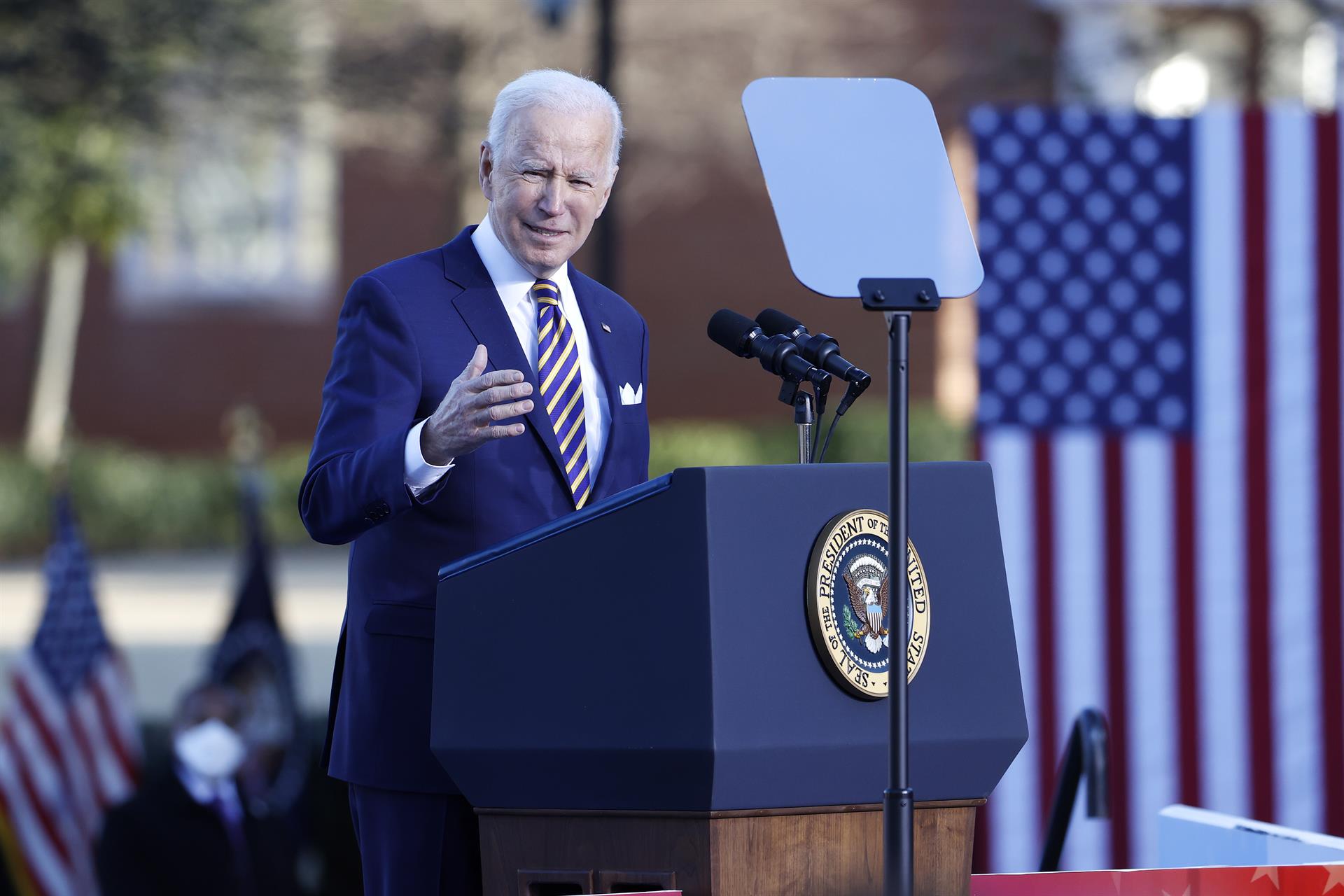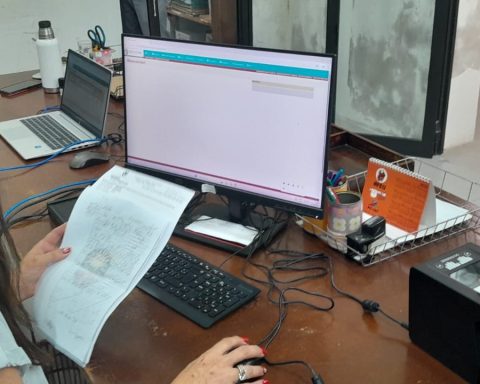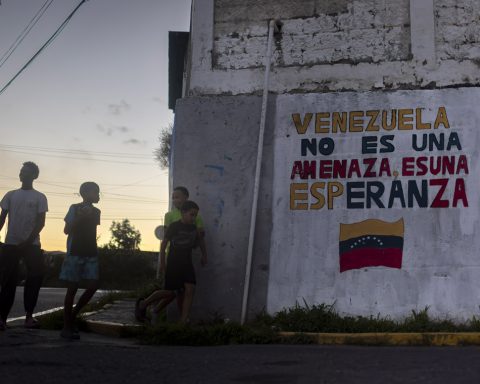The president of the United States, Joe Biden, asks Congress to invest almost US$986.8 million in Central America and Haiti in 2023 to maintain “leadership” in the area, according to the budget project published on Monday, March 28. This budget plan that covers the period between October 1 and September 30 is sent to Congress, which is the one that controls the government coffers.
In the section “continuing leadership” in Central America and Haiti, the president proposes to specifically invest US$986.8 million in those countries “as part of a comprehensive strategy to advance systemic reform while addressing the root causes of irregular migration ”, reports the White House.
Related news: The most expensive tax that exists for the vulnerable population is inflation
This amount is part of his $4 billion investment plan over four years for Central America, where most of the undocumented immigrants who enter the United States or crowd the border with Mexico in the hope of being able to do so come from. This budget falls far short of the more than $15 billion dollars approved to date in military and aid aid to help Ukraine.
Central American immigrants sent from the United States more than 32,000 million dollars in remittances to their countries of origin last year; the contributions of migrant workers represent up to 26% of GDP for some nations.
In global numbers, the region exceeded 32,033,260,000 dollars, which for some countries such as El Salvador represents up to 26% of the country’s Gross Domestic Product (GDP).
Guatemala received US$15,183.50 million dollars in 2021; El Salvador US$ 7,397.06 million dollars, Honduras US$ 7,376.40 million dollars, Nicaragua US$ 2,076.30 million dollars and Costa Rica 500.0 million dollars.
Therefore, the $4 billion four-year program is not a program that is going to help solve the region’s fundamental problems and is focused on maintaining US “leadership” in the region.
Multilateral organizations such as the World Bank, the Inter-American Development Bank (IDB) and the Economic Commission for Latin America (ECLAC) agree that informal work reaches up to 70% of employment in the Central American region.
















